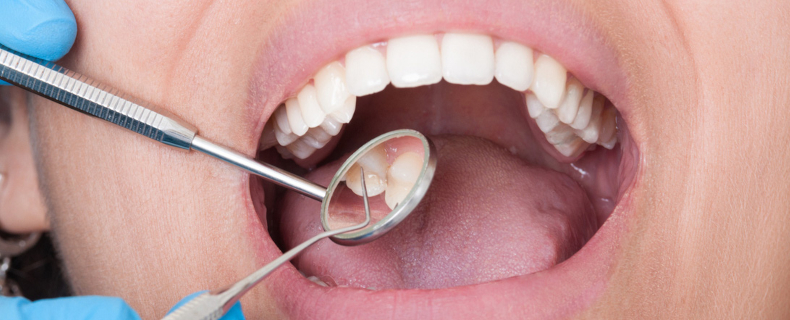
San Francisco and Marin CA
It will affect at least half of American children by their eighth birthday, nearly three of every five adolescents, and more than 90% of all American adults. What is this scourge? Tooth decay, which, according to data compiled by the Centers for Disease Control and Prevention, is one of the most widespread chronic diseases in the entire United States. Preventing tooth decay and repairing damage from cavities represent two of the key cornerstones of dental treatment. Today on the blog, your dentist in Marin examines the five stages of tooth decay.
Stage 1: Demineralization
Even with diligent brushing, flossing, and regular dental checkups, your mouth is going to develop some level of bacteria – both good and bad. In the first stage of decay, the harmful bacteria forms a sticky substance called plaque that adheres to the surfaces of your teeth. The plaque proceeds to eat away at your enamel, which is the protective outer layer of your tooth structure. This process is known as demineralization, as it weakens the minerals that comprise enamel. One early sign of demineralization is a white spot forming on the outside of a tooth.
Stage 2: Enamel Decay
Over time, the plaque starts to break down your enamel. Those white spots on your teeth may turn dark brown. Weakened enamel eventually creates a small hole in the structure of your tooth, and this is when a cavity forms. By the time decay reaches this stage, irreparable damage has been done to your tooth. The only way to have a cavity repaired is to see your dentist in San Francisco..
Stage 3: Dentin Decay
Dentin is the next layer of your tooth structure, below the enamel. Dentin is softer, more sensitive, and has a yellowish appearance. By the time an area of decay reaches the dentin, the decay is going to spread at a rapid rate. Patients in this stage of decay also are more likely to experience sensitivity to hot and cold foods and beverages, or pain because the tubes located in dentin lead directly to the dental nerve.
Stage 4: Dental Pulp Damage
The innermost layer of your tooth is the dental pulp. This pulp contains the soft tissue, blood vessels and the nerve. If your tooth decay has advanced to the pulp, you have a serious problem on your hands and you’re likely experiencing significant or severe pain. The gum surrounding the tooth may be irritated or start to swell. Any swelling will aggravate the nerve of the tooth, causing additional pain. By this fourth stage of decay, repairing the damage with a filling is not sufficient. You’ll need a root canal to remove any of the compromised pulp.
Stage 5: Abscess
This is the final and most serious stage of decay. How serious? It could even threaten your life. Decay in the pulp eventually leads to an infection. If that infection goes untreated, a pocket of pus called an abscess forms near the base of the tooth root. Symptoms of an abscess include swelling in the jaw, face, lymph nodes, or gums; or a fever. Left unchecked, the infection from an abscess spreads into the surrounding bone structure or may filter into the bloodstream, potentially causing sepsis or even total shutdown of organs.
Preventing or repairing tooth decay in San Francisco and Marin California
When it comes to tooth decay, prevention is preferable to treatment. If you can identify early stages of decay, such as white spots forming on tooth enamel, then there is still time to act. A fluoride treatment or a dental cleaning may be enough to keep the decay from progressing. Trust us… you don’t want to deal with the consequences of decay in its more advanced stages. That’s why Glen Park Dental offers a comprehensive regimen of preventive care treatments. Call our office in San Francisco at (415) 585-1500 or complete our online contact form to schedule your consultation.


